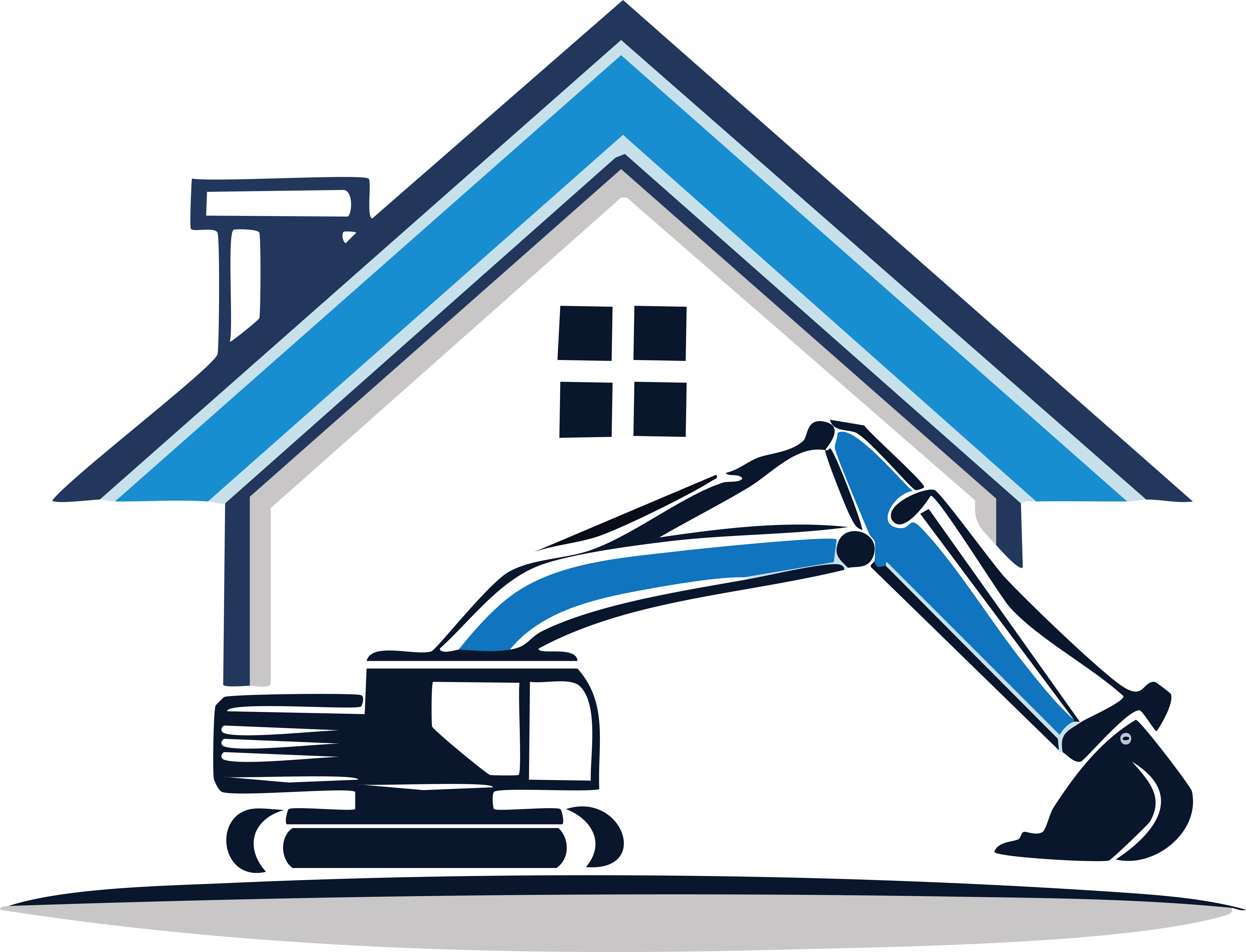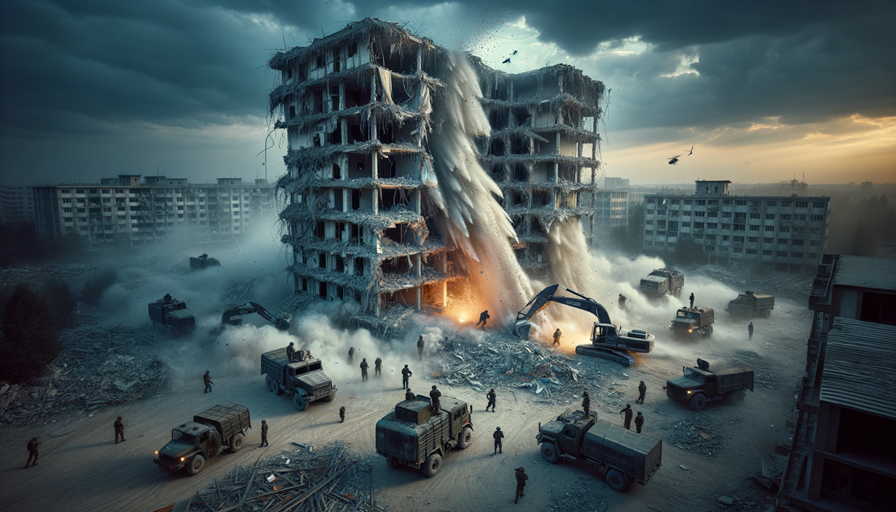The process of demolition in war-torn areas is a crucial but highly complex undertaking. The unique challenges and practices that surround this task range from safety concerns to coordination intricacies and humanitarian considerations. This blog post will shed light on these aspects, focusing on the role that demolition plays in conflict zones, including war zones.
Safe Demolition in War-Torn Areas
Safety is the foremost concern when it comes to demolition in war-torn areas. Buildings that have been partially destroyed or damaged due to conflict may have compromised structural integrity, making them hazardous for demolition teams.
Safe demolition in these circumstances requires specialized knowledge and equipment. It also involves comprehensive risk assessment to determine the best method for bringing down a structure without endangering the lives of those in proximity. Careful planning must be done to avoid unexploded ordinances and to ensure that adjacent structures are not damaged further during the demolition process.
We are experienced Demolition Company based in Melbourne, Victoria that offer top-tier demolition services all around Melbourne and across Victoria, Australia.
For all your Demolition needs contact us to GET FREE QUOTE NOW!
Coordination of Demolition in War-Torn Areas
Coordinating demolition in war zones is a multifaceted process that involves different stakeholders such as military forces, government agencies, humanitarian organizations, and local communities.
The coordination of demolition in war-torn areas must take into consideration the immediate needs of the community, like clearing pathways for emergency services or reconstructing vital infrastructure. It also requires a delicate balance between swift action and compliance with various local and international laws and regulations.
Humanitarian Considerations
Demolition in conflict zones isn’t just about tearing down buildings. It’s also about making room for rebuilding and recovery. Humanitarian considerations must be at the heart of every demolition project in these areas.
From providing temporary housing to those displaced by the demolition to ensuring that the process does not further traumatize a community already scarred by war, the human aspect cannot be overlooked. The community must be involved in the process as much as possible to foster a sense of ownership and collaboration.
Conclusion
Demolition in war zones is not a simple task of tearing down structures. It’s a multifaceted process that requires an intricate blend of safety measures, coordination among different stakeholders, and a humane approach that recognizes the unique needs and challenges of the affected communities.
The process of demolition in conflict zones is an essential part of rebuilding and healing after a war. By focusing on the elements of safe demolition, coordination of demolition efforts, and respecting the humanitarian aspects, we can contribute to the renewal and hope that these regions so desperately need.

